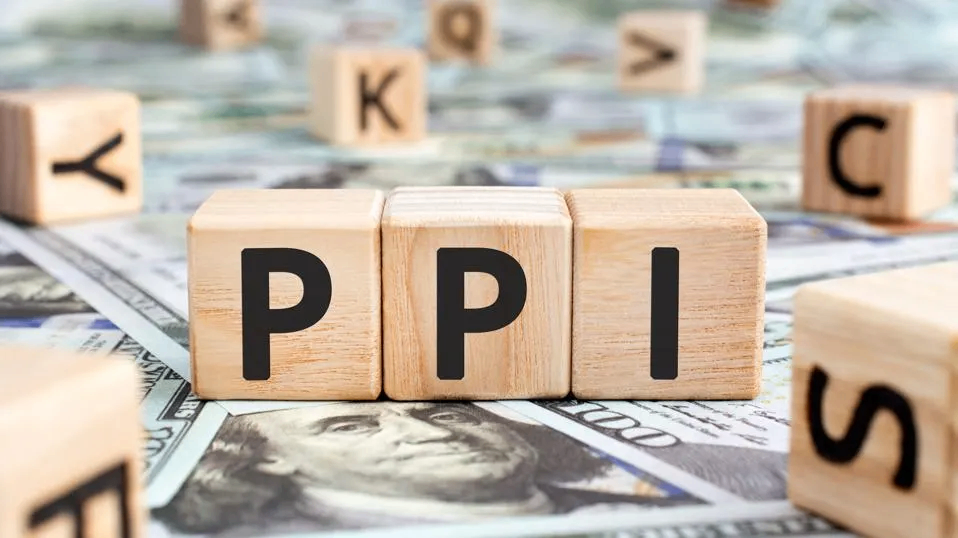U.S. August PPI Surges Above Expectations, Core PPI Hits 0.3%
U.S. PPI beat expectations in August as inflation continues. Rising service costs and a strong labor market make for a bearish economic outlook.

The Producer Price Index (PPI) for August, released by the U.S. Bureau of Labor Statistics, rose 0.2% on a year-over-year basis, exceeding market expectations for a 0.1% increase.The index was unchanged in July, following a 0.2% increase in June.
The PPI has risen 1.7% year-on-year over the past 12 months, indicating ongoing inflationary pressures. The core PPI (excluding food and energy prices) rose 0.3%, higher than the expected 0.2%.
In final demand services, prices rose 0.4% in August, compared to a 0.3% decline the previous month.
The main driver of service prices was a 0.3% rise in prices for services excluding trade, transportation and storage. In addition, trade profits rose by 0.6%, reflecting higher profits at wholesale and retail. However, prices for transportation and warehousing services fell marginally by 0.1%.
Major contributors to the rise in service prices included a 4.8% increase in the price of room rentals. Other notable increases included prices for wholesale machinery and vehicles, motor fuel, and real estate loans. In contrast, prices for air passenger services fell 0.8 percent, and retail food and alcohol prices also declined.
With respect to final demand goods, commodity prices were unchanged in August, following a 0.6 percent increase in July.
Excluding food and energy, commodity prices edged up 0.2%, with food prices up a modest 0.1%. Energy prices fell 0.9%, mainly due to a sharp 10.5% drop in jet fuel prices.
Labor market data showed that initial jobless claims increased slightly to 230,000 for the week ended September 7, up 2,000 from the previous week. The four-week moving average also rose slightly to 230,750, indicating a stable and manageable labor market. The unemployment insurance rate remained at 1.2% and the number of people receiving unemployment benefits rose slightly to 1.85 million.
The market is cautious about future trends. While service prices rose more than expected, reflecting ongoing inflationary pressures, stabilizing commodity prices and lower energy costs may provide some relief. Overall, inflation risks remain elevated, particularly in the context of challenges to corporate profits and consumer purchasing power in the service sector.
Disclaimer: The views in this article are from the original Creator and do not represent the views or position of Hawk Insight. The content of the article is for reference, communication and learning only, and does not constitute investment advice. If it involves copyright issues, please contact us for deletion.